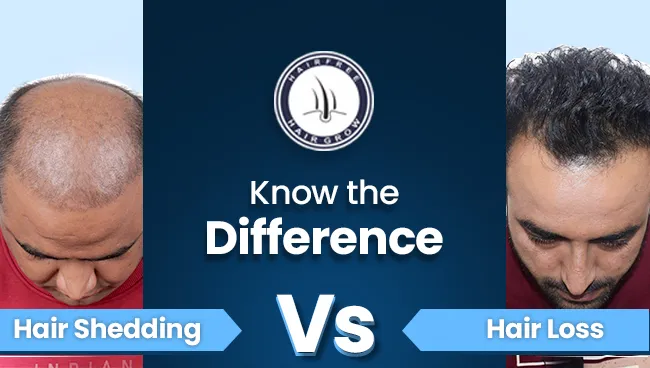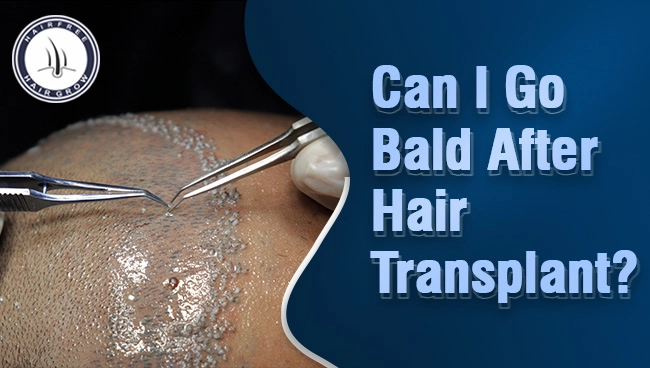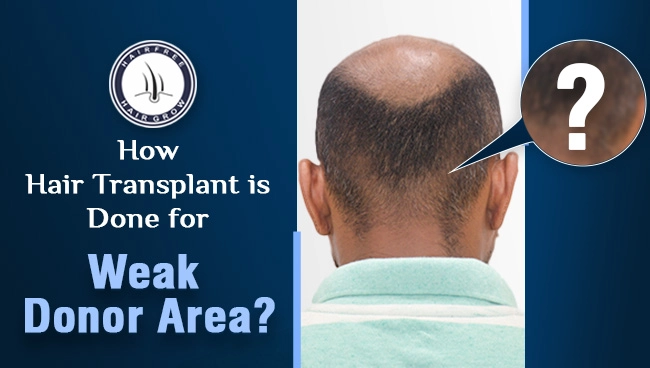The role of hair transplants in enhancing the quality of life and self-worth of patients is very crucial. In the case of transgender patients, hair transplants can serve as an effective means to wear their gender on the outside and aid in allowing them to be at ease with themselves. Hair transplant transgender individuals helps achieve a natural and confident look.
Nonetheless, there are biological and medical constraints that only a few surgeons would appreciate in transgender patients. This article will discuss the specific needs and problems of patients seeking hair transplants who are also transgender and the ways in which surgeons can address these needs optimally.
What is Gender Dysphoria?
Gender dysphoria is the agony or discomfort felt by a person because of the conflict between his/her biological sex and the sex a person identifies himself/herself with. This distinction creates degenerating anxiety in a transgender person and hinders his/her daily functioning. However, gender dysphoria is relieved through gender-affirming medical care, stigma and intolerance still present problems.
Preoperative Considerations
Before undergoing any surgical intervention, transgender individuals must undergo counseling and hormone therapy in the process often referred to as a transition. Taking into consideration that hormone treatment may alter hair growth patterns, scalp hair density, and the likelihood of baldness, surgeons have to make an assessment of the possible effects of hormone regimens on surgical outcomes.
They must also understand transgender identities beyond the male-female gender binary. Non-binary identities may require bespoke solutions. Comprehensive discussions are necessary to establish realistic expectations and goals befitting each person’s self-image.
Surgical Planning Differences
For male-to-female transgender clients, surgeons transplant hairlines are repositioned higher to suit feminine features. Graft placement follows the typical ‘woman’s triangle’ pattern with density concentrated at the front and sides.
Female-to-male clients require more expansive coverage to fill in a masculine hairline lower on the forehead. The transplant area may also need to be larger to establish thicker, fuller hair over more surface area. Density and distribution calculations factor into how testosterone affects balding long-term.
Posts-op Care Variances
After surgery, transgender patients face hormonal fluctuations that could temporarily impact results. Male-to-female clients may see transplanted hairs thin slightly as estrogen alters hair physiology over 1-2 years. Surgeons prescribe specific follow-up monitoring during this transition. Female-to-male transplants proceed amid long-term testosterone use, demanding extra attention to a fully settled, masculinized appearance before approving strenuous activities or helmet usage that could disrupt grafts. Adjusted care plans benefit clients.
Roadblocks to Treatment
Cost, lack of insurance coverage, and social stigma discourage some transgender individuals from addressing hair concerns through medical solutions. While transition costs remain high overall, hair transplants should not be considered superficial or non-essential by healthcare providers and regulatory bodies. For transgender patients, achieving a sense of physical harmony through hair features can prove profoundly confidence-boosting and important for psychological well-being, quality of life, and fuller community participation. Sensitive, non-judgemental support is important from doctors and staff.
Hormone Therapy Influences on Hair Transplants Transgender
The use of cross-sex hormones is a vital medical intervention for most transgender patients looking to physically transition. However, hormones also impact the hair follicle in ways that surgeons must account for. For transgender women on estrogen, hair may thin marginally as the hormone alters hair line, density, and rate of hair loss over one to two years.
Follicles also transition from male to female patterns of growth. Meanwhile, testosterone accelerates hair loss for transgender men, necessitating strategic placement of grafts. Ongoing counseling supports patients through hormonally-induced hair changes to optimize transplant results and satisfaction over the long term.
Preparing For Life Changes Post-Surgery
Major life transitions are common after gender-affirming surgeries and can disrupt hair transplants if patients are unprepared. New levels of physical activity and helmet/hat use from career changes or recreational pursuits carry the risk of graft displacement if commenced too hastily. Transplanted hairs also need time, sometimes over a year, to fully mature and anchor in place.
Surgeons provide tailored post-op guidance on safely adjusting to a life with masculine or feminine hair through a transition. This lets trans clients comfortably adapt at their own pace while fully benefiting from their hair restoration investment.
Addressing the Financial Barrier
Cost remains a major obstacle delaying or denying care for many transgender individuals. While other procedures may be covered, hair transplants are seldom reimbursed due to perceptions of cosmetic intent. This overlooks their profound role in gender dysphoria relief and individual well-being. Grassroots advocacy and patient education campaigns encourage insurers to reconsider exclusions that can delay transgender healthcare and transition timelines.
Public support funds also represent an option. Raising societal consciousness about affirming care’s importance may eventually help more transgender clients access important treatments like hair transplants to complete their physical transition experience.
Conclusion
A hair transplant tailored to the distinct biological composition and transition goals of transgender clients can make a deeply meaningful difference in self-image and self-esteem. When performed by surgeons well-versed in gender-affirming care’s nuances, hair restoration empowers transgender people to move closer to their authentic selves. While requiring careful pre-operative planning and post-op guidance, hair transplants should remain accessible to help transgender individuals live happy, fulfilling lives.
At HairFree HairGrow, we specialize in providing the best results for hair transplants. For more information or to schedule a consultation, call us today at (+880) 1974223921 and take the first step toward restoring your hair with confidence.
Written By
MBBS, DVD (Skin & VD)
Dr. Ankit Jain is a hair restoration expert specializing in hair transplant transgender procedures. He provides personalized solutions to create natural, gender-affirming hairlines, helping transgender individuals achieve their desired look with advanced techniques and compassionate care.
Disclaimer
We’ve made all possible efforts to ensure that the information provided here is accurate, up-to-date and complete, however, it should not be treated as a substitute for professional medical advice, diagnosis or treatment. See Detailed Disclaimers Here.













